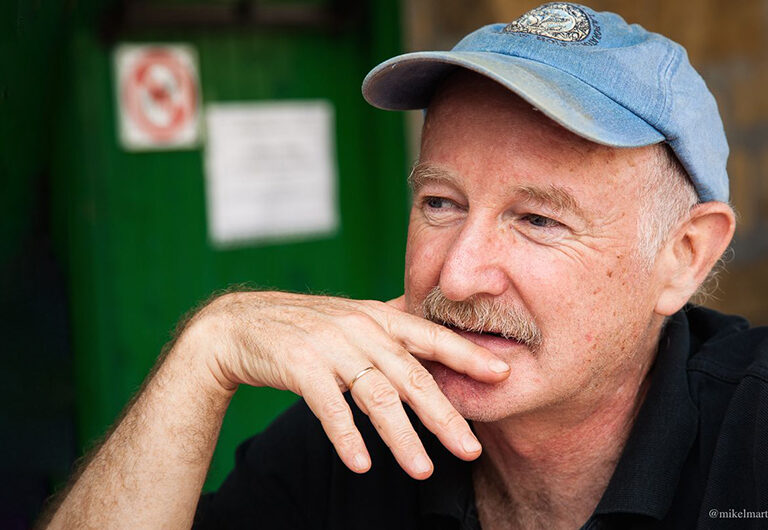Can you discuss your view of the brain as a predictive model of the world/future, as opposed to the more traditional view of the brain as an input-output machine?
Most people, and most neuroscientists also, think that the purpose of the brain is to generate behavior, turning its sensory input into a motor output. It’s like a machine that takes external information and produces behavior. The view that I defend—which, by the way, has deep roots in the history of philosophy, going back to Immanuel Kant—is that the brain is a different type of machine. It works internally to create a model of the world. The brain constructs the reality that we live in, that we think we live in. And it uses that model to predict the future, which is absolutely critical if you want to survive on an evolutionary level and anticipate what is going to happen.
In other words, the brain generates intelligence. From this point of view, the brain takes information from the sensory systems to update and refine the model. Sometimes there is a behavior, sometimes not. So, if you want to understand what the brain does, you have to focus on the internal machine and the model, not on the behavior.
What books have you read lately that you would recommend, and why?
I am in the middle of reading the Mars Trilogy, a set of three science fiction novels by Kim Stanley Robinson about the early colonists of Mars. My favorite book of all time is Daniel Defoe’s Robinson Crusoe, and the trilogy is similar, but with a lot of science sprinkled in.
What’s next on your reading list?
American Prometheus, the biography of J. Robert Oppenheimer by Kai Bird and Martin J. Sherwin, which the Oppenheimer movie is based on.
What are you teaching this fall?
Independent Research in Biological Sciences. In this course, I oversee about 80 undergraduates, who are doing research projects in different labs in the Biology Department and also at Columbia University Irving Medical Center.
What are you working on now at the NeuroTechnology Center?
We are deep into the study of the consumer user agreements of 30 neurotechnology companies in the U.S. and around the world. That means reading the small print that no one reads, which you have to agree on in order to turn on a device or download software. We’re doing this because we are concerned with the lack of legal protection for brain data.
Neurotechnology is becoming more potent, and so are the artificial intelligence algorithms to decode brain data. We want to protect mental privacy and ensure that the information from our brains remains private. This is because the mind, that model of the world I was talking about earlier, is written with brain data.
You’re hosting a dinner party. Which three neuroscientists/scholars, dead or alive, would you invite, and why?
The Spanish neuroscientist, pathologist, and histologist Santiago Ramon y Cajal—my hero, and the reason I became a neuroscientist. He died in 1934, just as the first articles on neural networks were being published. I would love to see how he would integrate his knowledge with the new ways of thinking about the brain. Also, he was a methods person and a tinkerer, and I am sure that all the modern neurotechnology we are developing would resonate with him.
Of course, Immanuel Kant, whom I consider an early neurobiologist, as he came up with deep insights into how our perception and our minds work. We are finally testing (and confirming) many of his ideas in the lab.
Lastly, my mentor, the South African biologist Sydney Brenner, who died in 2019, and who turned me into a full-fledged biologist, leaving medicine behind. The last time I spoke with him, he changed the trajectory of my career, and I would enjoy getting his advice and having one last laugh with him. He was the smartest (and funniest) person I ever met.
Check out Books to learn more about publications by Columbia professors.
Source link

